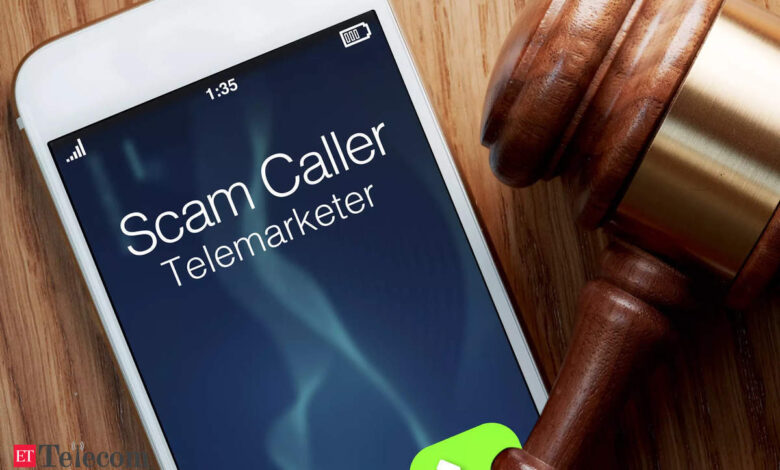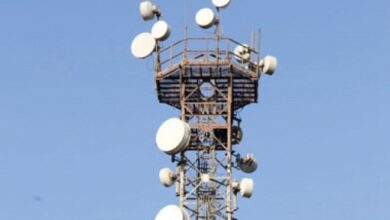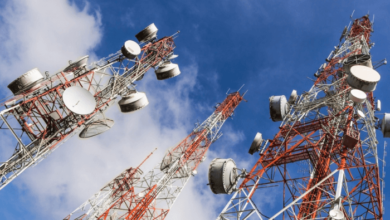Will implementation of CNAP in India finally end the menace of spam calls?, ET Telecom

Spam calls or unsolicited communications have been a sore point amidst the thriving Indian mobile market.
The unsolicited calls range from promotional offers to financial scams disrupting daily lives and often resulting in potential losses.
Since 2018, the telecom regulator Trai has been diligently working to combat the nuisance of spam calls. However, despite their efforts, it continues to persist as spammers find ways to circumvent regulations everytime. Ultimately, it is the mobile consumers who bear the brunt of this ongoing challenge.
The latest salvo against this menace is the introduction of Calling Name Presentation (CNAP) by telecom operators by Trai recently. The feature will allow users to see the caller’s name. Truecaller, a third-party service, displays the name of the caller, but the information is mostly crowd-sourced and may not be accurate. The Department of Telecommunications (DoT) has asked telecom service providers to start trials of CNAP for enabling a smooth implementation.
continued below
However, will this effectively address the spamming issues that have also taken technology for a spin?
According to available information, over 65% mobile consumers received three or more spam calls daily in the past year. Despite the DND list, 90% of mobile subscribers still receive unwanted calls.
SMS is the biggest channel of phishing in India. Over 150 million phishing messages are sent out every month, with 60-75 million unique users vulnerable from attacks, a recent report said. About 100,000-300,000 people potentially get scammed every month, but only 35,000- 45,000 report it.
Trai had earlier implemented regulations such as the National Do Not Call Registry (NDNC) to allow individuals to opt out of receiving unsolicited calls and messages. Subsequently, telecom operators introduced features like call blocking and spam filters.TRAI’s innovative blockchain-based architecture, known as distributed ledger technology (DLT), was initiated in 2018 and took three years to implement. However, it continues to face criticism for its perceived lack of effectiveness.
Experts still are not convinced that the new proposed solution will be able to address the spam issue. There are system’s vulnerabilities which can easily be bypassed. Moreover, the authenticity of the caller’s identity can’t be ensured making it susceptible to hacking and manipulation.
Earlier, Cellular Operators Association of India (COAI) had raised privacy concerns saying CNAP could result in the breach of subscriber data privacy as the manufacturers of mobile devices and OS providers would amass subscriber data for the entire country.
Will the introduction of new solutions finally bring relief, or will the spammers continue to win in this ongoing battle of spamming? Only time will tell.
Most Read in Policy
Join the community of 2M+ industry professionals
Subscribe to our newsletter to get latest insights & analysis.
Download ETTelecom App
- Get Realtime updates
- Save your favourite articles



